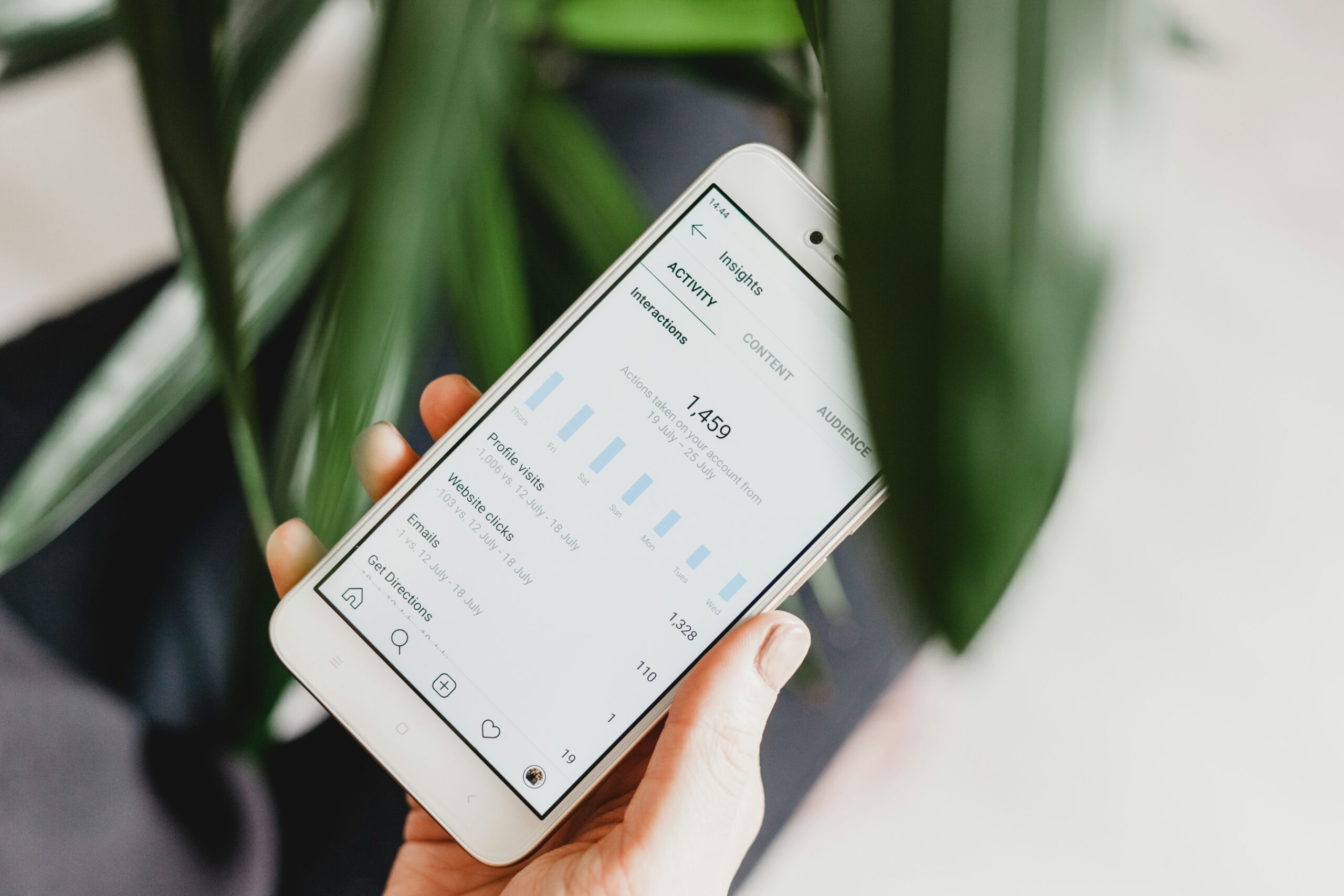Influencer Marketing Analytics: Measuring the ROI of Influencer Campaigns
Understanding Influencer Marketing Analytics
Influencer marketing analytics is a critical component in understanding the performance and impact of influencer campaigns. By leveraging various metrics, businesses can gain insights into how well their influencer strategies are working and make informed decisions about future investments in this marketing approach. At its core, influencer marketing analytics revolves around several key metrics, including reach, engagement, conversions, and ROI.
Reach refers to the total number of unique individuals who have seen the content generated by an influencer. This metric helps brands understand the potential audience size exposed to their message through influencer partnerships. It’s essential for determining the breadth of an influencer’s influence and gauging how far the campaign’s message has traveled.
Engagement, on the other hand, measures the level of interaction that the audience has with the influencer’s content. This can include likes, comments, shares, and other forms of interaction. High engagement rates often indicate that the content resonates with the audience, which can be a good predictor of the campaign’s success in fostering a connection between the brand and the consumers.
Conversions are perhaps the most tangible metric, representing specific actions taken by the audience, such as making a purchase, signing up for a newsletter, or visiting a website. Conversions are directly tied to campaign goals and serve as a clear indicator of how effective the influencer has been in driving desired customer behaviors.
Ultimately, the return on investment (ROI) is the most comprehensive metric. It compares the financial gains from the campaign against the costs incurred, providing a clear picture of the campaign’s profitability. To measure influencer marketing ROI accurately, businesses often rely on influencer marketing analytics tools that offer in-depth analysis and reporting capabilities.
The primary goal of influencer marketing analytics is to quantify the impact of influencer activities on business outcomes. By systematically tracking and evaluating these metrics, brands can optimize their strategies to achieve better alignment with their business objectives, thus maximizing the success of their influencer campaigns.
Why Influencer Marketing Analytics Matter
In the competitive landscape of digital marketing, influencer marketing analytics play a critical role in determining the success and efficacy of influencer campaigns. By employing robust analytics, businesses can track and measure the return on investment (ROI) of their influencer initiatives, ensuring that their investment yields the anticipated results. This level of scrutiny is essential for optimizing future campaigns, which in turn enhances overall marketing performance. Accurate data provided by influencer marketing analytics tools allow businesses to make informed decisions regarding the selection of influencers and allocation of budgets.
Measuring the success of influencer marketing efforts entails analyzing various metrics such as engagement rates, click-through rates, and conversion rates. These metrics not only provide insights into the effectiveness of a campaign but also guide businesses in refining their strategies. For instance, if a particular influencer’s campaign drives high engagement but low conversions, marketers can adjust their approach to improve outcomes in future endeavors. In this way, analytics enable continuous improvement and more targeted efforts.
Additionally, influencer marketing analytics are instrumental in identifying the most suitable influencers for specific campaigns. By analyzing past performance data, businesses can pinpoint influencers who have consistently delivered strong results. This helps in establishing long-term partnerships with influencers who align well with the brand’s objectives and audience. Moreover, robust analytics facilitate budget optimization by revealing which investments provide the highest returns.
Real-world examples further illustrate the significance of influencer marketing analytics. For instance, a beauty brand that tracks influencer performance metrics can see which products resonate with the audience, leading to more strategic product placements and promotions. Similarly, a tech company can analyze data to ascertain which influencers drive the most website traffic, thereby directing resources towards high-performing influencers.
In conclusion, leveraging influencer marketing analytics is indispensable for maximizing the effectiveness of influencer campaigns. By understanding and applying these insights, businesses can make data-driven decisions that enhance campaign outcomes, optimize budget usage, and build strong, result-oriented influencer partnerships.
Key Metrics to Track in Influencer Campaigns
Monitoring the success of influencer campaigns involves a variety of key metrics that provide insights into their effectiveness. One of the primary metrics is reach, which denotes the total number of unique viewers exposed to the content. High reach is critical as it indicates the campaign’s potential to tap into broad audiences, thereby increasing brand visibility. However, achieving substantial reach alone isn’t sufficient; it must be coupled with other metrics to offer a well-rounded evaluation.
The next critical metric is engagement. Engagement encompasses likes, shares, comments, and other interactions on the influencer’s posts. High engagement rates often signify that the content is resonating well with the audience, fostering a sense of connection and community. Utilizing influencer marketing analytics tools can greatly aid in tracking engagement, offering real-time insights that allow for timely adjustments to the strategy if needed.
Moving beyond reach and engagement, the metric of conversions is indispensable for understanding the true impact of an influencer campaign. Conversions refer to specific actions taken by viewers, such as purchases, sign-ups, or downloads, directly attributed to the campaign. Tracking these actions is essential for determining the campaign’s capacity to drive meaningful user behaviors, thereby directly influencing business growth.
Finally, the ultimate barometer of an influencer campaign’s success is ROI (Return on Investment). This metric evaluates the financial return generated relative to the investment made into the campaign. Calculating ROI entails a comprehensive understanding of various costs—including influencer fees, production expenses, and distribution costs—against the revenue generated. Effective influencer ROI measurement requires a systematic approach to gather data from multiple touchpoints, ensuring an accurate assessment of the campaign’s profitability.
Monitoring these metrics holistically offers a nuanced understanding of an influencer campaign’s effectiveness. Best practices include setting clear objectives, using advanced influencer marketing analytics tools, and regularly reviewing performance data. Visual aids like charts or graphs can also be instrumental in deciphering complex relationships among different metrics, making it easier for stakeholders to make informed decisions.
Tips for Improving Influencer Marketing Analytics
Improving the precision and effectiveness of influencer marketing analytics begins with setting clear, measurable goals prior to launching any campaign. Defining objectives such as brand awareness, engagement rates, or sales conversions provides a concrete foundation against which results can be accurately measured. This practice allows marketers to better track the success of their influencer initiatives and accurately calculate influencer ROI.
Another critical aspect of refining influencer marketing analytics is utilizing advanced tools and platforms. These tools can track various metrics, including follower growth, engagement rates, and sentiment analysis, which are essential for understanding how your campaigns are performing. Utilizing such platforms can significantly enhance the ability to track influencer marketing success and extract actionable insights from the data.
Observing competitors’ influencer marketing strategies can also provide valuable insights. By analyzing what works and what doesn’t in your industry, you can develop more effective campaigns. Competitor analysis highlights synergies between different influencers and content strategies, allowing you to fine-tune your own approach for better outcomes.
Adopting a test-and-iterate methodology is crucial in influencer marketing. Continuously testing different variables—such as influencer selection, content style, and posting schedules—helps identify what resonates best with your audience. Iterative adjustments based on analytics feedback enable a progressive refinement of both partnerships and content strategies, ultimately leading to more effective campaigns.
In conclusion, enhancing the accuracy and effectiveness of influencer marketing analytics is an ongoing process that involves setting clear objectives, leveraging advanced tools, keeping tabs on competitors, and continuously refining your strategies. By following these best practices, businesses can gain a deeper understanding of their campaign ROI and achieve greater overall success in their influencer marketing efforts.

